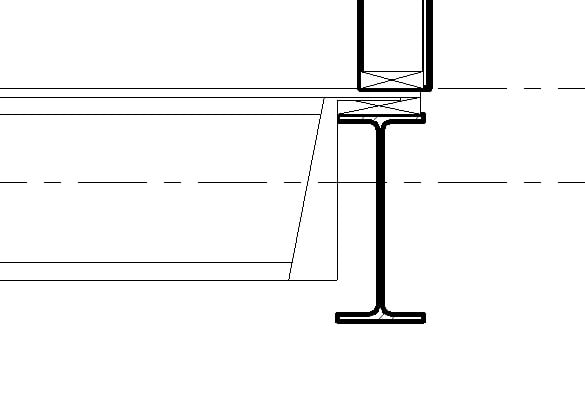With the attached detail, would you consider this steel beam's top flange to be braced at the spacing of the joists? There might be a little torsion induced by the offset - is there any standard practice or recommendations to reduce this torsion? (The wall above is an exterior wall and the joists form a second floor mezzanine in a single story building)


